A relay 440v is an electromechanical device that operates on the principle of a small control signal being able to manage a larger electrical load. These relays are specifically designed to handle 440 volts, making them suitable for a wide range of industrial applications. The 440v relay is a critical component in circuits where it is necessary to control a high power or high voltage circuit with a low power signal.
Types and Characteristics of 440v Relays
Within the category of 440v relays, there are several types, each with distinct characteristics catering to various applications. Electromagnetic relays are the most common, known for their simplicity and reliability. Voltage relays are designed to respond to system voltage changes, making them ideal for protective applications. Safety relays are engineered with redundancy and fail-safe mechanisms, crucial for systems where safety is paramount. Reed relays, which use magnetic fields generated by the coil to operate one or more reed switches, are valued for their fast switching speed and long life. Each type of relay 440v is chosen based on the specific needs of the application, whether it's for general use, high-speed operation, or safety-critical systems.
Structure and Operation of 440v Relays
The structure of a relay 440v is designed to optimize its operation. At its core, the relay consists of a coil that creates a magnetic field when energized, an armature that moves in response to the magnetic field, and contacts that open or close the electrical circuit. In a solid-state relay, a semiconductor replaces the mechanical action, providing faster switching times and increased longevity. The physical components are encased in materials that protect against environmental factors while allowing for efficient magnetic flux. Understanding the interplay between these components is crucial for troubleshooting and ensures the relay operates as intended.
Materials and Properties in 440v Relays
The materials used in a relay 440v are selected for their electrical conductivity, magnetic properties, mechanical strength, and environmental resistance. Contacts are often made of silver alloy to withstand high electrical loads and minimize resistance. The coil wire is typically copper, known for its excellent electrical conductivity. The casing materials range from plastics for low-cost and general-purpose relays to epoxy and glass-filled thermoplastics for high-performance relays, providing resistance to heat and chemicals. These material choices contribute to the relay's reliability, longevity, and performance.
Business Usages and Applications of 440v Relays
The 440v relay is pivotal in various business settings, from manufacturing plants where they control heavy machinery to commercial buildings where they manage HVAC systems. In the automotive industry, these relays are used in electric vehicle charging stations, providing the necessary voltage handling capabilities. In renewable energy systems, such as solar or wind power, 440v relays are integral in power distribution and safety mechanisms. The relay's ability to handle high-voltage applications makes it invaluable in settings that require robust electrical control, contributing to operational efficiency and safety.
Functions and Tasks of 440v Relays
A relay 440v is designed to perform specific tasks such as switching circuits on and off, providing overload protection, and isolating control circuits from high-power circuits. They are also used to control a sequence of operations in automated systems, where precision and reliability are crucial. The relay's function extends to safety applications, where it acts as a critical component in emergency stop systems and safety interlocks.
Features and Capabilities of 440v Relays
The distinct features of a 440v relay include its voltage handling capacity, switching speed, and the ability to work in various environments. Some relays offer modular designs for easy integration into complex systems, while others provide LED indicators for status monitoring. The unique selling points of these relays often lie in their specialized designs, such as compact size for space-sensitive applications or enhanced thermal performance for high-load environments, setting them apart from competitors.
Benefits and Positive Outcomes of 440v Relays
The use of a relay 440v brings several benefits, such as improved safety through controlled switching and isolation of high-voltage circuits. They enhance system reliability by providing consistent performance and longevity. The relays also contribute to energy efficiency by ensuring that circuits are only activated when necessary, reducing power wastage. For the user, this translates to cost savings, reduced maintenance, and peace of mind.
How to Use, Choose, and Maintain 440v Relays
Effective operation of a relay 440v starts with proper installation, which should be performed by a qualified electrician following the manufacturer's guidelines. When choosing a relay, consider the electrical load, the application's safety requirements, and the environmental conditions. For maintenance, regular testing for contact resistance and coil operation is recommended. Cleaning should be done with appropriate non-conductive solvents, and any worn parts should be replaced promptly to ensure continued performance.
Target Audience and Meeting Needs with 440v Relays
The target audience for 440v relays includes electrical engineers, maintenance technicians, and industry professionals who require reliable and efficient high-voltage control solutions. These relays meet the needs of this audience by offering a range of options tailored to different applications, from simple switching to complex safety systems. By understanding the specific requirements of their target audience, manufacturers of 440v relays can design products that not only meet but exceed expectations in performance and reliability.
What are the common issues to look out for in 440v relays?
Common issues with 440v relays include contact wear, coil burnout, and improper operation due to incorrect wiring or environmental factors. Regular testing can help identify these issues early, preventing system failures and ensuring continuous operation.
How does the environment affect the performance of a 440v relay?
The environment can significantly impact the performance of a relay 440v. High temperatures, moisture, dust, and corrosive atmospheres can lead to relay failures. Choosing a relay with the appropriate protective features for the operating environment is crucial to prevent such issues.
Are there specific certifications to consider when sourcing 440v relays on Alibaba.com?
When sourcing 440v relays on Alibaba.com, it is important to consider certifications that ensure the product meets industry standards for safety and performance. While specific certifications may vary by region and application, commonly sought certifications include CE, UL, and RoHS. It is advisable to check the product listings for these certifications to ensure compliance with regulatory requirements.






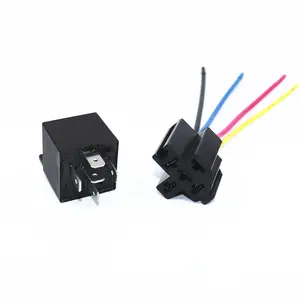



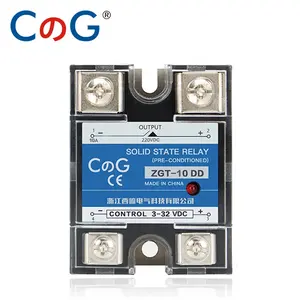


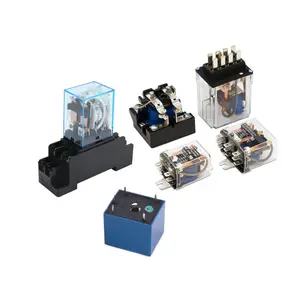



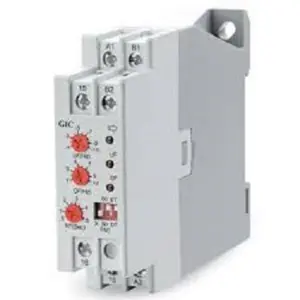


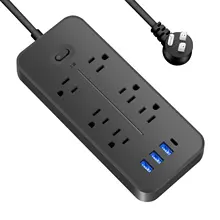
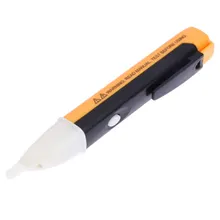
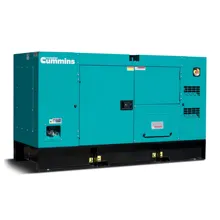
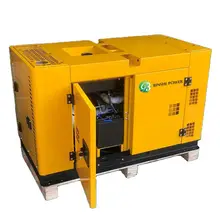





















 浙公网安备 33010002000092号
浙公网安备 33010002000092号 浙B2-20120091-4
浙B2-20120091-4